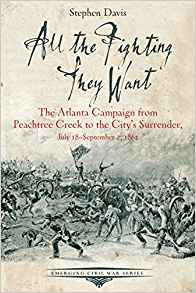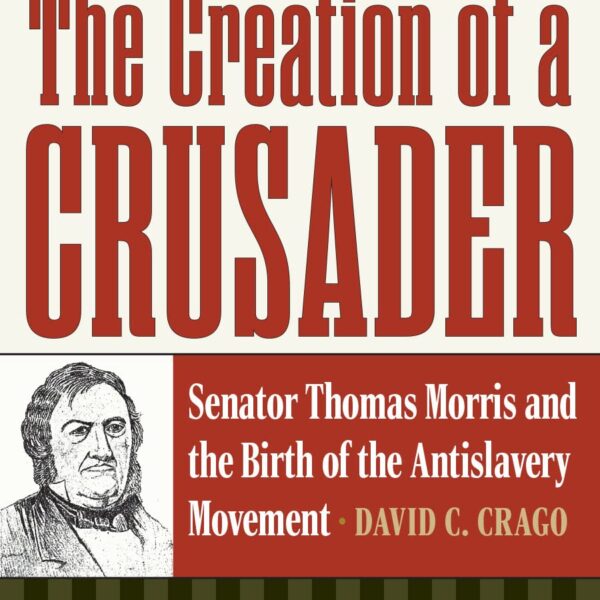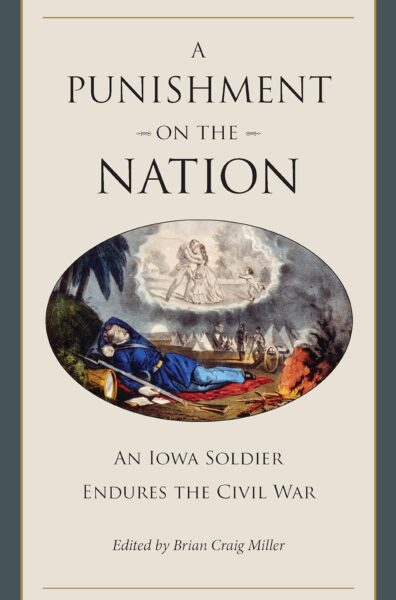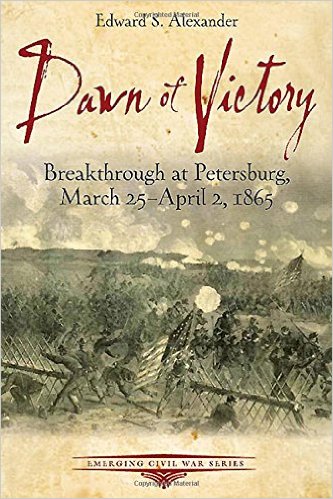All the Fighting They Want: The Atlanta Campaign from Peachtree Creek to the City’s Surrender, July 18-September 2, 1864 by Stephen Davis. Savas Beatie, 2017. Paper, ISBN: 978-1611213195. $14.95.
 In a 2007 Civil War History article, historian Kenneth W. Noe declared that “even for a seasoned scholar,” writing battle histories “can prove the…most mentally taxing work of one’s career.”[1] Alas, the challenges of producing these volumes occasionally results in texts equally arduous to read. Experienced buffs look forward to hefty operational studies, but their intricacy can discourage novices. Stephen Davis admirably bridges this gap with All the Fighting They Want, his second contribution to the Emerging Civil War Series. He has authored two other volumes and over one hundred articles.
In a 2007 Civil War History article, historian Kenneth W. Noe declared that “even for a seasoned scholar,” writing battle histories “can prove the…most mentally taxing work of one’s career.”[1] Alas, the challenges of producing these volumes occasionally results in texts equally arduous to read. Experienced buffs look forward to hefty operational studies, but their intricacy can discourage novices. Stephen Davis admirably bridges this gap with All the Fighting They Want, his second contribution to the Emerging Civil War Series. He has authored two other volumes and over one hundred articles.
Mention Union General William Tecumseh Sherman’s name to Civil Warriors, and likely responses will highlight the devastation his troops wrought on Georgia and the Carolinas. All the Fighting They Want is a reminder that focusing on the Union’s “scorched earth” treatment of civilians is an incomplete retelling. The 1864 Atlanta campaign was among the bloodiest of the war. Although no longer a significant manufacturing or railroad hub, the city’s capture would belie Southern claims of national sovereignty. Davis argues that the loss of Atlanta, coupled with Confederate defeat in the Shenandoah Valley and at Mobile Bay, bolstered President Lincoln’s chances of reelection.
In this introductory work, Davis advances poignant observations throughout a concise operational narrative. Confederate Brigadier General John Bell Hood earned his aggressive reputation in a winning frontal assault at Gaines’s Mill in 1862. Replacing Joseph E. Johnston as commander of the Army of Tennessee in July 1864, he launched an unsuccessful offensive at the Battle of Peachtree Creek. The author discredits Johnston’s claim of developing the plan. In contrast to “Stonewall” Jackson’s flanking movement at Chancellorsville, this attack on the Union rear proved more difficult, especially given the exhausting night march and Lieutenant General William J. Hardee’s overly cautious leadership. Sherman discounted the possibility of a Confederate assault; if not for the protests of Major General James B. McPherson, this could have resulted in Union disaster. The author also criticizes Sherman’s bombardment of Atlanta. Firing into a city with civilians was common practice by this time in the Civil War, but the Northern commander’s failure to concentrate the shelling on the train depot produced widespread destruction without effect on Confederate defensive capabilities.
Davis blames the bungled flanking attack at Ezra Church on Confederate Lieutenant General Stephen D. Lee, who ordered disorganized assaults on a prepared enemy position. Ensuing Union cavalry raids by Major General George Stoneman and Brigadier General Edward M. McCook inflicted no lasting damage on the railroad, echoing the inefficacy of such efforts throughout much of the conflict. Later attempts by Confederate Major General Joseph Wheeler and Union Brigadier General Judson Kilpatrick were similarly lackluster.
Sherman resolved to cut off Atlanta’s supply line and stretched his infantry southward, culminating in the indecisive Battle of Utoy Creek. Davis arguably makes his most poignant observation here. Thus far, the Union commander had ordered five fruitless frontal assaults. Despite clichés of Hood as thoughtlessly aggressive, he had sought flanking opportunities rather than foolhardy charges. The Tennessean also bolstered his ranks by drawing men from artillery crews, the militia, and even those recovering from illness or injury. According to Davis, Hood’s insufficient numbers rather than Union wiles underlay his inability to defend Atlanta and the Macon & Western Railroad. Although Sherman outmaneuvered his opponent to victory, the author judges him indecisive for allowing Confederate units to flee the city.
All the Fighting They Want is not destined for the armchair alone, offering an account of Civil War battle accessible in the field. A driving tour accompanies several appendices concerning area Confederate monuments, the remarkable offerings of the Atlanta History Center, as well as the origins and ongoing preservation efforts of The Battle of Atlanta cyclorama. The main text, written in jargon-free prose reflective of Davis’s study under historian Bell Irvin Wiley, features images of monuments and officers, along with a fair number of maps to clarify troop movements. The result is more than informative, as Davis challenges simplistic caricatures of Hood and Sherman. And yet, a discussion of Atlanta’s historical memory would be welcome in light of his frequent references to commemoration. The author could also have drawn on social and cultural analysis to provide a deeper understanding of military topics, in line with current academic trends. Granted these critiques, this book is a strong choice for those wishing to learn more about the Atlanta campaign.
Alexandre Caillot is a graduate student in history at Temple University.
[1]Kenneth W. Noe, “Jigsaw Puzzles, Mosaics, and Civil War Battle Narratives,” Civil War History 53 (2007): 237.




